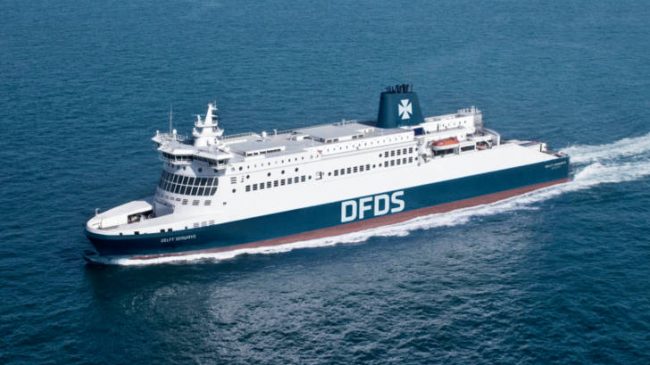Eurotunnel is definitely not a ferry company. However, we’ve included Eurotunnel on France Ferry Booker for two distinct reasons. Firstly it’s one of the quickest ways to travel across the English Channel and secondly it’s very convenient.
Eurotunnel is a 31.35 mile railway tunnel that runs underneath the Strait of Dover beneath the English Channel. Eurotunnel connects Folkestone in Kent, on the southern coast of England with Coquelles near to Calais on the northern coast of France and it is the quickest way to cross the channel.
Constructed in 1994, Eurotunnel is the fastest method of travelling from the UK to France. Journey times last approximately 35 minutes. The service also offers the greatest number of crossings per day with up to 4 available per hour during peak season.
The train terminal in Folkestone has it’s own dedicated motorway exit making it extremely easy to reach. The terminal in Calais has an equally handy location being just off the A16 autoroute.
Booking your journey with Eurotunnel is very easy by completing the form below. Unlike many ferry companies, the service can be booked up to 11 months in advance which allows you to plan ahead.
Eurotunnel is also commonly known as the Channel Tunnel and is also known as the Chunnel.
How long is the Eurotunnel crossing?
The Eurotunnel crossing takes just 35 minutes from station to station and it is currently the fastest way to travel from England to France. The quickest alternative to the Eurotunnel is by ferry from Dover to Calais however, it takes a minimum of 90 minutes.
How many crossings are there per day?
There are up to 4 crossings per hour and up to 49 crossings per day which means you can easily find a crossing to suit your needs.
How long did it take to build the Eurotunnel?
The Eurotunnel took over 5 years to build. It is one of the largest engineering projects undertaken in the UK and will be for some years to come. Over 13,000 workers from both England and France worked together to create the largest underwater tunnel in the world.
How does Eurotunnel work?
The Eurotunnel is a train service that carries cars and other vehicles on carriages between Folkestone and Calais in the channel tunnel. Vehicles are loaded into either single deck or double deck carriages depending upon their height where the stay for the entire journey. Passengers stay with their vehicle but can get out and stretch their legs.
Where are the Channel Tunnel terminals?
The terminal in Folkestone is located at Ashford Road, Folkestone, Kent, CT18 8XX. The GPS coordinates are Latitude: 51.093389 Longitude: 1.119278. To make reaching the Folkestone terminal easy they have their own motorway exit at junction 11A of the M20. The exit leads straight to the check-in booths.
The terminal in Calis is located at 62231 Coquelles, France. The GPS coordinates are Latitude: 50.936315 Longitude: 1.814964. Getting to the terminal is easy. Simply take junction 42 of the A16 and again the slip road will take you straight to the check-in booths.
What types of vehicles can go on Eurotunnel?
A variety of different vehicles can travel on Eurotunnel because of its different sized carriages. Here is a list of vehicles allowed on the Channel Tunnel.
- Cars
- Motorcycles
- High vehicles and vans
- Caravans
- Campervans and Motorhomes
- Trailers
- Coaches
- Bicycles
Are foot passengers allowed on Eurotunnel?
No, foot passengers cannot travel on the Eurotunnel service and instead must use the Eurostar passenger train. Eurostar trains depart from London St Pancras Int station, Ebbsfleet Int Station and Ashford Int Stations.
Booking Eurotunnel Tickets
Save time when you book Eurotunnel tickets direct using the button below or by using our handy third-party booking widget to compare the latest deals. Using a direct connection to ferry operator reservation systems that travel to France, you can compare all available sailings for your chosen destination in one quick and easy search saving you time online.
Book Direct









